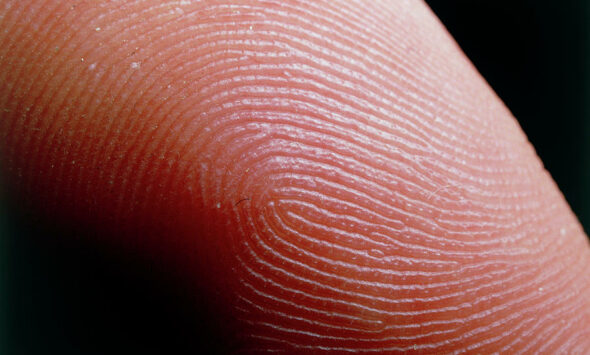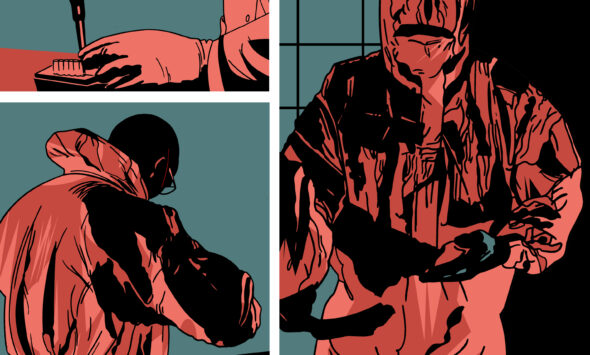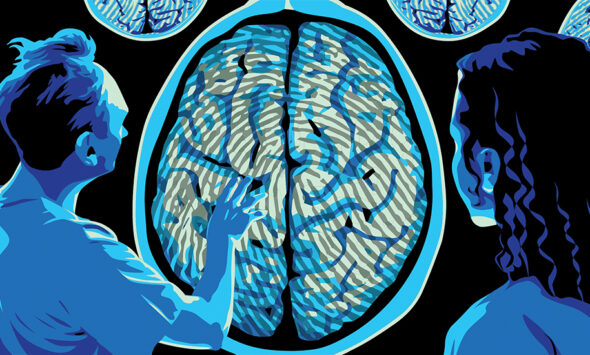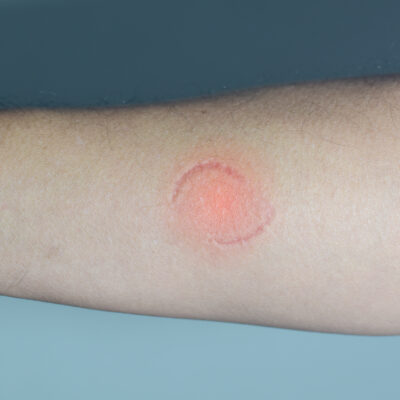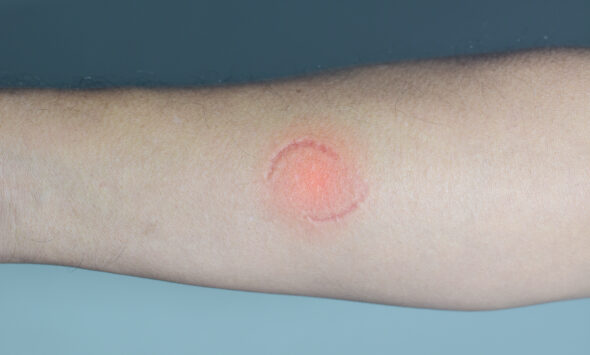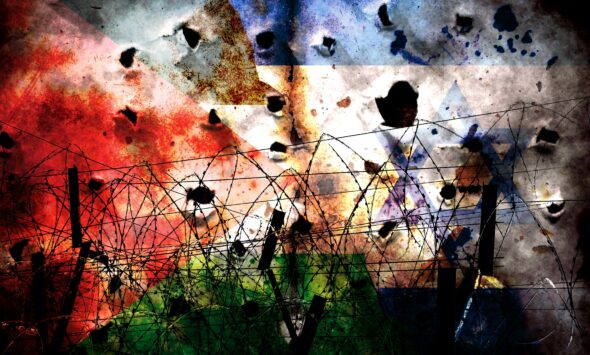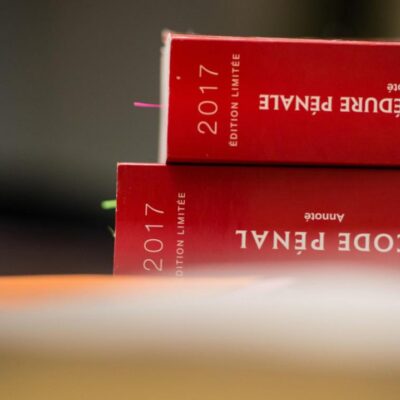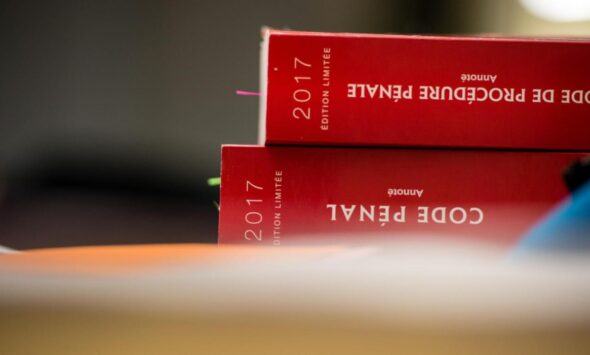When conventional identification methods reach their limits… In forensic medicine, identification traditionally relies on three so-called “primary” methods: genetic analysis (DNA), fingerprint comparison, and forensic odontology. Their reliability is well established, yet their effectiveness depends on the condition of the remains and the availability of comparative data. In large-scale disasters—earthquakes, plane crashes, terrorist attacks—bodies may be burned, mutilated, or decomposed, rendering DNA analysis uninterpretable and fingerprints unreadable. In other cases, the challenge lies in the absence of ante-mortem data: no dental records, no biometric registration, and sometimes no official administrative identification at all. These situations often leave forensic experts at a standstill. It is precisely in such contexts that innovative technologies, such as artificial intelligence-based facial reconstruction, open up new perspectives.
An innovation from Panjab University
In collaboration with Ankita Guleria and Vishal Sharma, Professor Kewal Krishan has developed a pioneering method of AI-assisted facial reconstruction. Their model focuses on three skeletal structures known for their resistance to post-mortem degradation: the mandible, the maxilla, and the dentition. These anatomical elements form a true morphological signature, as they directly influence chin width, cheekbone prominence, overall facial shape, and lip position.
By combining these anatomical data with an extensive database of anthropometric measurements collected from populations in northern India, the researchers successfully trained an algorithm capable of generating a digital face closely resembling the individual’s real appearance. The results are striking: an estimated accuracy rate of 95%, an exceptional figure for an indirect method of post-mortem identification. This innovation quickly drew attention—it has been officially registered and protected by the Indian Copyright Office, underscoring both its scientific value and its technological originality.
Remarkable accuracy, yet unavoidable limitations
The reported 95% figure should not be interpreted as the artificial intelligence’s ability to produce a perfectly photographic portrait. Rather, it indicates that in the vast majority of cases, the features generated by the algorithm closely match those of the real individual. In practical terms, the model faithfully reproduces the general facial proportions, maintains consistency with key morphological characteristics, and achieves a sufficient degree of resemblance to effectively guide investigations toward a targeted identification.
However, it is important to emphasize that this technology retains a margin of uncertainty. Soft tissues—such as lip thickness, the precise shape of the nose, skin texture, and distinctive features like wrinkles or scars—cannot be inferred solely from bone structure. An additional methodological limitation lies in the fact that the algorithm was trained on a specific population from northern India; therefore, its accuracy may decrease when applied to other ethnic or geographic groups.
These factors demonstrate that AI-based facial reconstruction should be regarded primarily as a complementary tool—one that can orient and support the work of forensic experts, but without claiming to replace the primary methods of identification in forensic medicine.
Ethical and legal considerations in facial reconstruction
The use of artificial intelligence in victim identification raises ethical, legal, and regulatory concerns that cannot be overlooked. From an ethical standpoint, the handling of post-mortem biometric data requires particular vigilance. Reconstructing a face from human remains must never come at the expense of the dignity of the deceased or the sensitivity of their families—especially since such reconstructions, even when scientifically sound, can be perceived as intrusive if shared without proper safeguards.
From a legal standpoint, another question arises: what evidential value could an AI-generated facial reconstruction have before a court? Until judicial procedures clearly define the role of this tool, its use will remain limited to an orientational function rather than serving as formal evidence. The issue of liability in the event of a misidentification also remains unresolved.
Europe imposes a strict regulatory environment. Such applications must comply with the General Data Protection Regulation (GDPR) and fall under the scope of the forthcoming European Artificial Intelligence Act, which specifically governs “high-risk” uses. In other words, the implementation of this technology in forensic contexts will depend not only on its scientific reliability but also on its ability to fit within a clear and protective legal framework.
Perspectives for victim identification
Despite these constraints, the prospects offered by AI-assisted facial reconstruction remain highly promising. In the context of mass disasters, this technology could complement DNA or odontological analyses, helping to accelerate identification processes and reduce the waiting time for families. It could also prove valuable in complex criminal investigations where a body is too damaged for primary identifiers to be usable. Moreover, it opens new avenues in archaeology and anthropology, where it could help restore the appearance of ancient individuals for whom no genetic material is available.
This advance reflects the growing convergence between artificial intelligence and forensic sciences. While it does not aim to replace traditional identification methods, it enriches the forensic toolkit by providing experts with an additional opportunity to restore an identity to victims who had long remained unknown.
References :
- Guleria A., Krishan K., Sharma V. Methods of forensic facial reconstruction and human identification: historical background, significance and limitations. The Science of Nature, 110 (2023).
- Guleria A. et al. Assessment of facial and nasal phenotypes: implications in forensic facial reconstruction. Archives of Biological Sciences, mars 2025.
- Panjab University develops AI-based facial reconstruction models with up to 95 % accuracy using jaws and teeth dimensions. Indian Express, juillet 2025, consultable ici.
- Panjab University secures copyright for AI tech that reconstructs faces from jaws. Hindustan Times, publié le 27 juillet 2025
Tous droits réservés - © 2025 Forenseek

